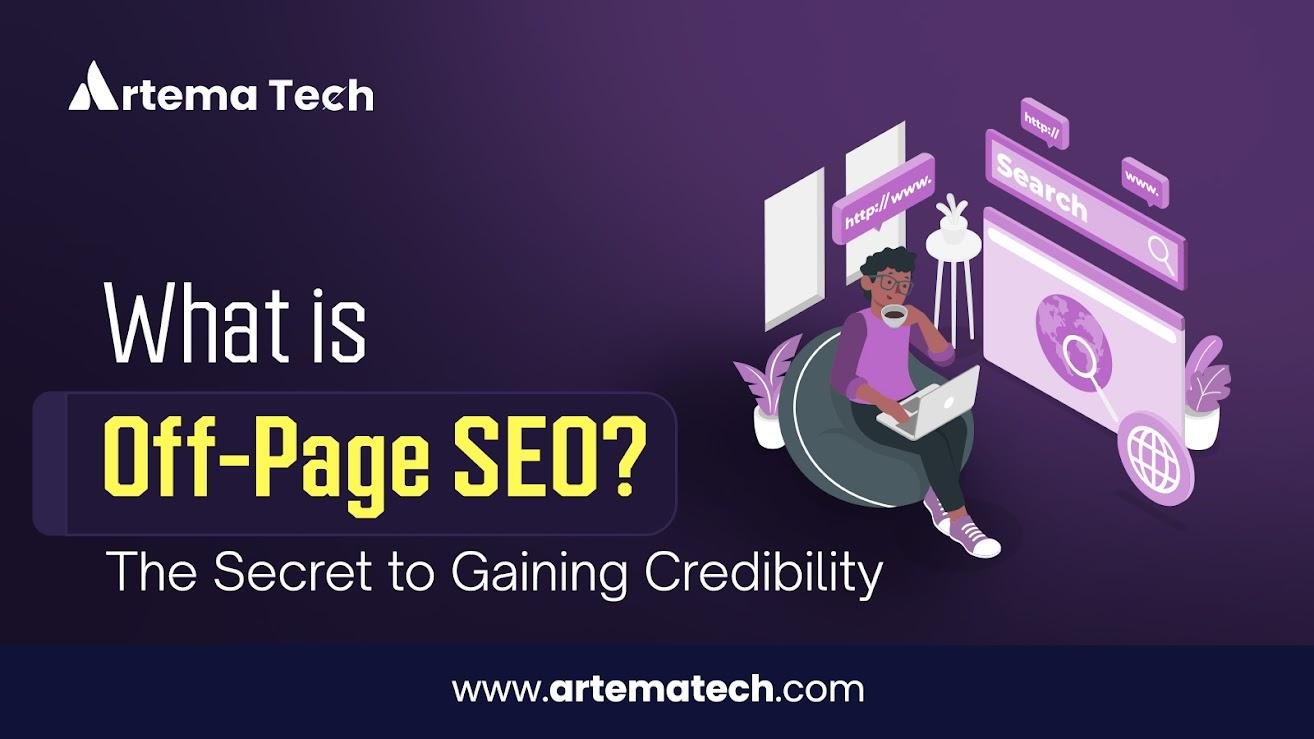Subtotal $0.00
The Internet is a vast community, including millions of users, and is one of today’s most important communication tools. For businesses in the digital age, it represents a wealth of potential customers ready to be engaged. It has become a new channel in this modern world, and it is impossible to reach such a vast volume by using only traditional selling channels.
The most important and effective marketing method is to appear in the top lists of websites. Although the Internet includes thousands of web pages, it is better to use search engines to find the required data or information. Companies familiar with this issue aim to appear on the first page or first row of search engines by using online advertisement or a more natural approach: Search Engine Optimization (SEO).
What is SEO?
Search Engine Optimization (SEO) is best defined by Eric, Stephan, and Jessie in their book The Art of SEO as:
“The process of improving the visibility of a website or a web page in search engines via the ‘natural’ or unpaid (‘organic’) search results.”
Types of SEO:
Technical SEO: includes crawling and indexing, page speed, schema, site structure, and URL structure, primarily to optimize a website’s infrastructure.
On-page SEO: This is the content that is visible both to users and search engines. It may include video, audio, text images, structured data, and HTML tags.
Off-page SEO: It refers to the optimization strategies applied outside a website, such as link building, social media marketing, and brand mentions, to improve its authority.
Off-Page SEO Optimization
Off-page SEO refers to the strategies implemented outside your website to improve its visibility and ranking on search engine results pages (SERPs). These strategies primarily focus on building a website through external means. Let’s dive into the four crucial aspects of off-page optimization for a better understanding:
- Social media
- Blogging
- Localization and local citations
- Inbound links
Social Media:
Social media is a fantastic medium with an ever-increasing scope through which one can considerably increase connections. It is a modern way of reaching out to the target audience by sharing and promoting updated data among the audience.
These social media sites serve as marketing tools for a fraction of the cost of traditional marketing methods. For example, Facebook, LinkedIn, and Instagram can be awesome sources of utility for expanding your business horizons significantly.
Blogging
Nowadays, blogging is an excellent choice for achieving user engagement. You can keep users abreast of the latest trends and technologies through informative and authentic content. It also acts as supplementary information about your products or services.
Troubleshooting content, product-relevant information, and meaningful information are some elements that can enhance a blog’s readability. Inbound and relevant links from your blog to your site can also boost your SEO significantly.
Local SEO and Citations
Local SEO is an important off-page factor because it deals with the user’s region. It is an advantage, especially for small and medium-sized companies, because it helps them connect with users in their vicinity.
Local SEO can help you place your products or services and categorize them to appear quickly when a search query is used. It can also provide updates, working hours, and contact information.
Local citations are brand mentions or reviews that educate users about product attributes. It benefits understanding the products’ or services’ pros and cons and user feedback.
Inbound Links
Inbound links are links from other domains that point towards your website. These links can play a significant role in enhancing your online presence if appropriately used. The following points should be considered before applying these links to your site:
- Links from domains with high page rank and authority are preferable because they lend more credibility than those with low authority or page rank.
- The number of domains that link to a website is a crucial factor. Links from several different domains can boost SEO. However, link farming or unethical practices may result in a penalty.
- There should not be too many links from a single domain, which is considered spamming and can negatively impact your business.
- Referral links from blogs and social media sites are handy, provided they are relevant and contextual.
- Inbound links from another domain’s home page or key pages are more valuable than links from a sidebar or an insignificant page location.
- Google recommends getting links from domains with high-quality content, provided they are not irrelevant.
Conclusion:
Off-page SEO is a crucial component of any successful digital marketing strategy. It involves efforts outside the website, such as social media engagement, blogging, local optimization, and link building, which increase a website’s visibility. By focusing on these strategies, businesses can significantly improve their search engine rankings, drive more traffic, and ultimately increase their chances of success in the digital world.
Please visit our website, Artema Tech, for more information.

